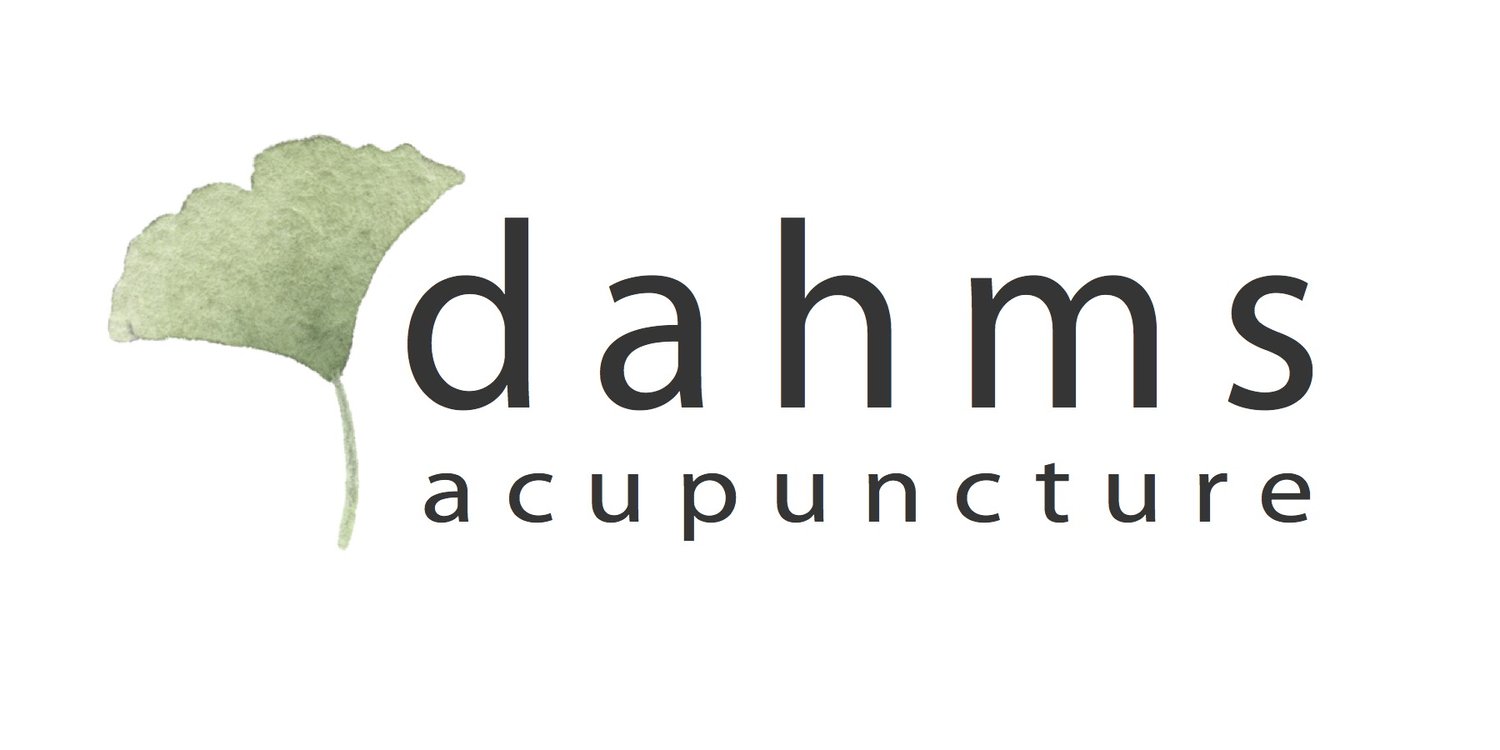Acupuncture: An Evidence-Based Approach to Holistic Health
/Acupuncture, an ancient healing practice rooted in Traditional Chinese Medicine (TCM), has gained widespread popularity in recent years for its potential therapeutic benefits. While acupuncture has been practiced for thousands of years, its acceptance in the Western medical world has been met with skepticism. However, accumulating research has provided valuable insights into the mechanisms and benefits of this alternative therapy. This article aims to explore the evidence-based aspects of acupuncture, shedding light on its efficacy, safety, and clinical applications.
I. Historical Background
Acupuncture dates back over 2,500 years and is based on the concept of energy flow or "Qi" within the body. According to TCM, disruptions in Qi flow lead to health problems, and acupuncture seeks to restore balance by inserting thin needles into specific points along meridians. While the traditional framework may seem esoteric, modern science has begun to elucidate the underlying mechanisms.
II. Mechanisms of Action
Pain Management: Acupuncture's analgesic properties have been extensively studied. Research published in JAMA (Journal of the American Medical Association) in 2012 demonstrated that acupuncture is an effective treatment for chronic pain, including back pain, osteoarthritis, and migraines. Acupuncture may stimulate the release of endorphins, the body's natural painkillers, and modulate pain perception pathways in the brain.
Anti-Inflammatory Effects: A systematic review published in the Journal of Neuroinflammation (2015) suggested that acupuncture may have anti-inflammatory effects by reducing pro-inflammatory cytokines. This anti-inflammatory potential may be beneficial in managing chronic inflammatory conditions.
Neurological Impact: Research in the journal NeuroImage (2019) revealed that acupuncture can modulate brain activity, affecting regions associated with pain perception and mood regulation. This suggests a potential mechanism for its effects on mental health and neurological disorders.
III. Clinical Applications
Pain Management: Acupuncture has gained recognition as a complementary therapy for chronic pain conditions, such as lower back pain, fibromyalgia, and osteoarthritis. The American College of Physicians (ACP) issued guidelines in 2017 recommending acupuncture as a non-pharmacologic option for treating chronic low back pain.
Mental Health: Several studies have explored acupuncture's potential in treating anxiety and depression. A meta-analysis published in the Journal of Clinical Psychiatry (2018) found that acupuncture was effective in reducing depressive symptoms, particularly when used as an adjunct to conventional treatments.
Fertility and Women's Health: Acupuncture has gained popularity in fertility clinics as an adjunctive treatment for couples struggling with infertility. Research in the journal Fertility and Sterility (2017) suggests that acupuncture may enhance fertility by improving blood flow to reproductive organs and reducing stress.
IV. Safety and Risks
Acupuncture is generally considered safe when performed by trained practitioners. Common side effects include mild bruising, soreness, or bleeding at the needle insertion site. Serious adverse events are rare but possible if performed by unqualified practitioners.
Conclusion
Acupuncture, once viewed with skepticism in Western medicine, has gained acceptance as accumulating evidence supports its efficacy and safety. It offers a holistic approach to health and wellness, addressing various conditions, particularly chronic pain, mental health, and fertility issues. As research continues to explore its mechanisms and clinical applications, acupuncture holds promise as a valuable adjunct to conventional medical treatments, contributing to the growing paradigm of integrative medicine.
It is essential for patients considering acupuncture to consult with qualified practitioners and discuss their treatment plans with healthcare providers, ensuring that it aligns with their overall healthcare strategy. While acupuncture may not replace conventional medical treatments, it can complement them and improve patients' quality of life.
References:
Vickers AJ, et al. Acupuncture for Chronic Pain: Individual Patient Data Meta-analysis. JAMA. 2012; 307(17): 1817-1824.
Zhang R, et al. Mechanisms of Acupuncture Therapy for Cerebral Ischemia: an Evidence-Based Review of Clinical and Animal Studies on Cerebral Ischemia. J Neuroinflammation. 2019; 16(1): 90.
Zhao L, et al. The Long-term Effect of Acupuncture for Migraine Prophylaxis: A Randomized Clinical Trial. JAMA Intern Med. 2017; 177(4): 508-515.
Lee JH, Choi TY, Lee MS, Lee H, Shin BC, Ernst E. Acupuncture for Acute Low Back Pain: A Systematic Review. The Clinical Journal of Pain. 2013; 29(2): 172-185.
Qaseem A, et al. Noninvasive Treatments for Acute, Subacute, and Chronic Low Back Pain: A Clinical Practice Guideline From the American College of Physicians. Annals of Internal Medicine. 2017; 166(7): 514-530.
Smith CA, et al. Acupuncture to Treat Common Reproductive Health Complaints: An Overview of the Evidence. Auton Neurosci. 2010; 157(1-2): 52-56.
Lee B, et al. Acupuncture for Acute Low Back Pain: A Systematic Review. The Clinical Journal of Pain. 2013; 29(2): 172-185.
Chan YY, et al. The Benefits of Acupuncture for Depression: A Systematic Review and Meta-analysis of Randomized Controlled Trials. J Clin Psychiatry. 2015; 76(09): e1090-e1098.
Manheimer E, et al. Effects of acupuncture on rates of pregnancy and live birth among women undergoing in vitro fertilisation: systematic review and meta-analysis. BMJ. 2008; 336(7643): 545-549.









